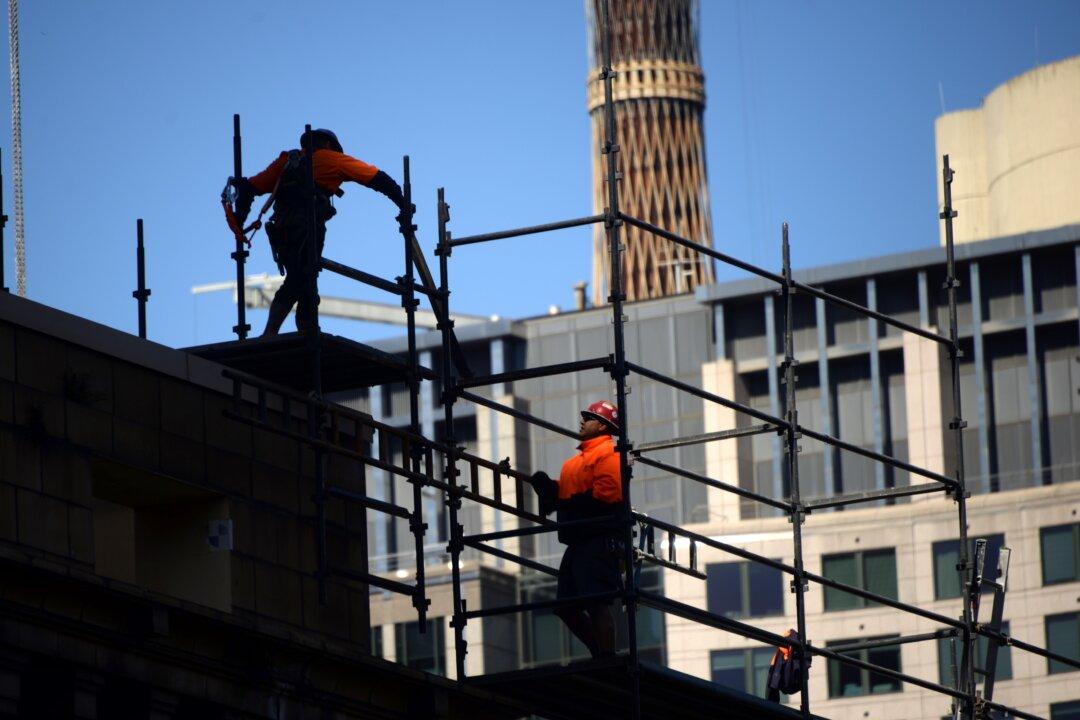Australians across the countries have endured a hike of 7.3 percent in residential construction costs in 2021, the highest growth rate recorded since March 2005.
Despite the costs easing somewhat towards Christmas, experts fear that the cost relief in Q4 of last year might not last long as the country continues to suffer from disruptions in the supply chain in 2022.





